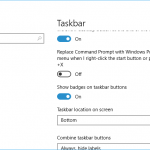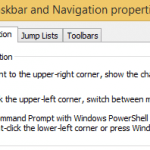Windows PowerShell includes:
- One hundred and twenty-nine standard utilities (“cmdlets”) for performing common system administration tasks, such as managing the registry, services, processes, and event logs, and using Windows Management Instrumentation.
- A task-based scripting language and support for existing scripts and command-line tools.
- Consistent design. Because Windows PowerShell utilities (“cmdlets”) and system data stores use common syntax and naming convention, data can be shared easily and the output from one utility can be used as the input to another utility without reformatting or manipulation.
- Simplified, command-based navigation of the operating system, that lets users browse the registry and other data stores by using the same techniques that they use to browse the file system.
- Powerful object manipulation capabilities. Objects can be directly manipulated or sent to other tools or databases.
- Extensible interface. Independent software vendors and enterprise developers can build custom tools and utilities to administer their software.
For Windows Vista, Windows PowerShell only available to Windows Vista Business, Windows Vista Enterprise and Windows Vista Ultimate (both 32-bit and 64-bit) editions, and the Vista version must be of original release (i.e. RTM version or MSDN version), and must pass through genuine Windows verification. So if you have RC1 or RC2 release of Vista, you’re out of luck.
Download Windows PowerShell 1.0 for Windows Vista x86 installation package
Download Windows PowerShell 1.0 for Windows Vista x64 installation package






